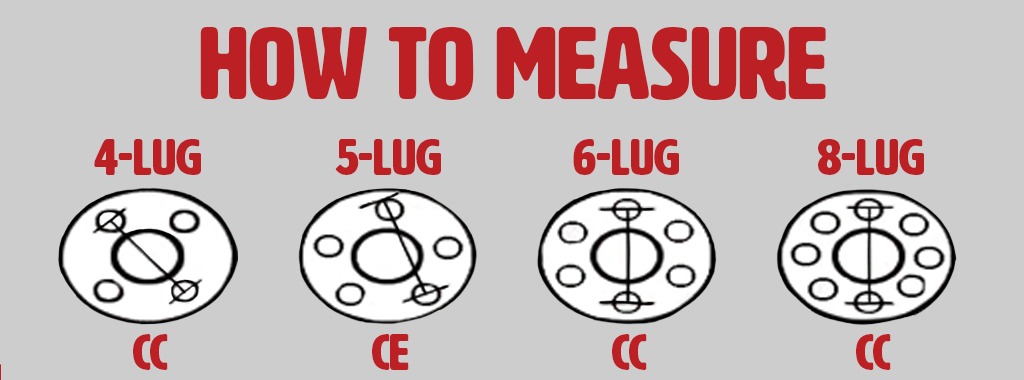
How Does Orcaflex Calculate Static Series Of Posts
Not important: the final static position will be the equilibrium position.The Theory of Pure Bending and Chain Link Theory are used together and solve the static system shown in Figure 7 to calculate the pulling force. Continuing our series of posts on upcoming developments for version 10.2, we look at some enhancements to static analysis.The catenary method is fast and usually gives a good initial estimate of the. This analysis revealed that an uncoupled model using the quasi-static mooring approximation can underestimate peak mooring line loads versus a coupled. OrcaFlex replaces FAST’s wave force and quasi-static cable model with an equivalent subsea fluid-structure representation and a lumped-mass cable system to capture the mooring line dynamics.

However, some models that took advantage of more general connectivity proved difficult to handle in static analysis. In version 10.0, these consequences were dealt with in a very simple manner and in many situations that approach worked perfectly adequately. This new flexibility had a number of consequences for static analysis of lines.
It may therefore be a real time-saver to solve statics in DAVE and than export the solved model to orcaflex.Denton does not necessarily imply that submitted proposals will comply with the requirements of any other party or organisation (e.g. It is easy to find a model that DAVE solves correctly but does not converge or converges to an unwanted static equilibrium in orcaflex. However it is more geared towards speed than stability.
If the system was linear, then this could be solved directly with a single matrix solve. The ultimate goal is to find positions and orientations for each element in the model, such that all forces and moments are in equilibrium. If you don’t want to read it all, skip to the summary.Let’s start by considering how statics analysis is implemented in OrcaFlex. Main changes were: Additional definitions in Section 3This is quite a long and detailed post. 2.8 Revision 1 superseded Revision 0 dated.
Fix the degrees of freedom (DOFs) of all buoys, vessels and constraints, e.g. The difficult part is choosing a good initial guess!OrcaFlex approaches this problem in the following way: It may sound paradoxical, but the iteration is often the easy part of the static analysis. If the initial guess is too far away from the solution, the iteration may fail to converge to a solution, or may converge to an undesirable solution. It is often important for this initial guess to be close to the final solution.
This initial guess is determined by the statics data on the line data form:The step 1 method specifies how the initial guess is made. Just as the whole system static analysis requires an initial guess, so does line statics. The outcome of the previous two steps forms the initial guess for the iteration.The static analysis of individual lines, which we refer to as line statics, also iterates using Newton’s method. Release all DOFs and carry out iterative static analysis for the entire system, using Newton’s method, as described above. Perform separate static analyses for each individual line.
This is a seldom used option and so we will ignore that option for the purpose of this discussion.Version 10.0, lines connected to lines, all change!The methods outlined above have proved effective over many years. The former option is used to suppress the iterative Newton’s method step of the line static analysis. The method is both quick and robust and in the vast majority of cases produces a good initial guess for iterative step 2 line statics.The step 2 method can be either None or Full Statics. The method neglects bending and torsional stiffness, but does account for drag, buoyancy and seabed interaction. The step 1 catenary method is a discrete algorithm that, despite its name, is not based on analytic catenary equations.
This allowed us to maintain the pretence that lines can be treated independently, because we only performed line statics for lines that had no dependent lines.For many models, this approach is effective. We simply skipped line statics altogether for any line which had other lines connected as slaves. What to do?For version 10.0 we tackled this in the most simple and expedient manner. With version 10.0 allowing lines to be connected to other lines, it is no longer possible to treat lines independently during line statics.
The user simply wants OrcaFlex to find a static equilibrium, and in an ideal world would prefer not to care how that is achieved. Whilst having more control may sound like a good thing, it comes with a cost. So, for version 10.2, we revisited this issue and have made improvements.Version 10.2, line statics policy optionsRather than change the static analysis algorithms unilaterally, we have chosen to provide options to allow the user more control. Since releasing 10.0 we have received a steady trickle of client support queries which can be characterised as statics convergence problems caused by skipping line statics for master lines.
How Does Orcaflex Calculate Static Code That Into
The settings that are shown above, all lines included in step 1 and coupled systems solved for step 2, are the default values for new models. Here is the statics page of the general data form in version 10.2:The new data are the two radio groups at the bottom, that specify step 1 and step 2 policies. However, in this instance, OrcaFlex cannot take the decision for the user because the various different options are better or worse for different models.Having talked about why we are providing choice, let us now look at what that choice is. If we are confident that a particular choice is always better then we hard code that into OrcaFlex and avoid asking the user to decide.
Consider the two lines shown in this view:Here the pink line is a slave of the yellow line. This option, and the corresponding one for step 2 make that possible.The master lines excluded option results in the same behaviour as 10.1 and earlier.That leaves the all lines included option which is the most notable new functionality. Normally this is not desirable, but there are situations where it may be more productive to move straight from the reset configuration to whole system statics. It has the effect of skipping step 1 statics entirely and moving to step 2 with the lines in their reset configuration. The options for step 1 policy are:We don’t expect that None will be widely used.

A consequence of this is that you may well encounter cases where the all lines included option produces a poor initial guess for step 2 line statics, and one of the other options may be more effective.You can use None to suppress step 2. Without the coupling of loads, there is no mechanism for the pink line to pull the yellow line down. The true equilibrium for these coupled lines looks quite different however:Why is this so different from the configuration after step 1? The reason is that the step 1 calculations have no coupling of loads. This in turn determines the end position for the pink line.
This could lead to some undesirable consequences. Although, instead of working from masters through to slaves, it makes more sense to work in the opposite direction, starting with slaves, and then moving on to masters.However, in order for the coupling between the lines to be accounted for whenever OrcaFlex is solving step 2 statics for a master line, it must include the DOFs of all slaves, including slave lines. When we were initially planning this development, we considered a similar approach to the all lines included step 1 option. Again, the master lines excluded option reproduces the behaviour of 10.1 and earlier.The solve coupled systems is the option of most interest to us here.



 0 kommentar(er)
0 kommentar(er)
